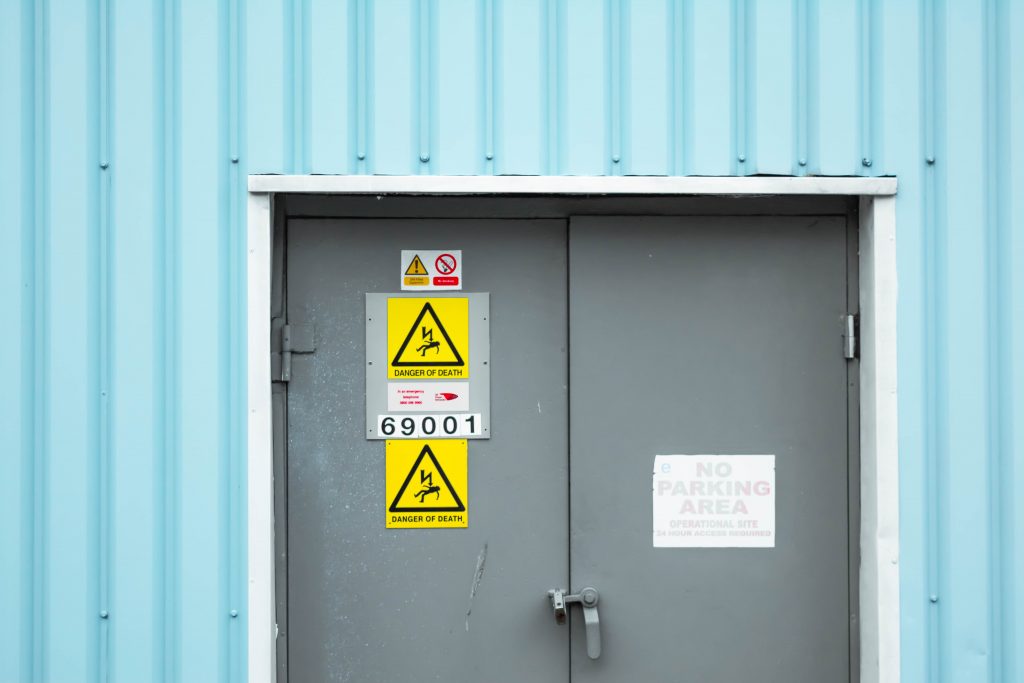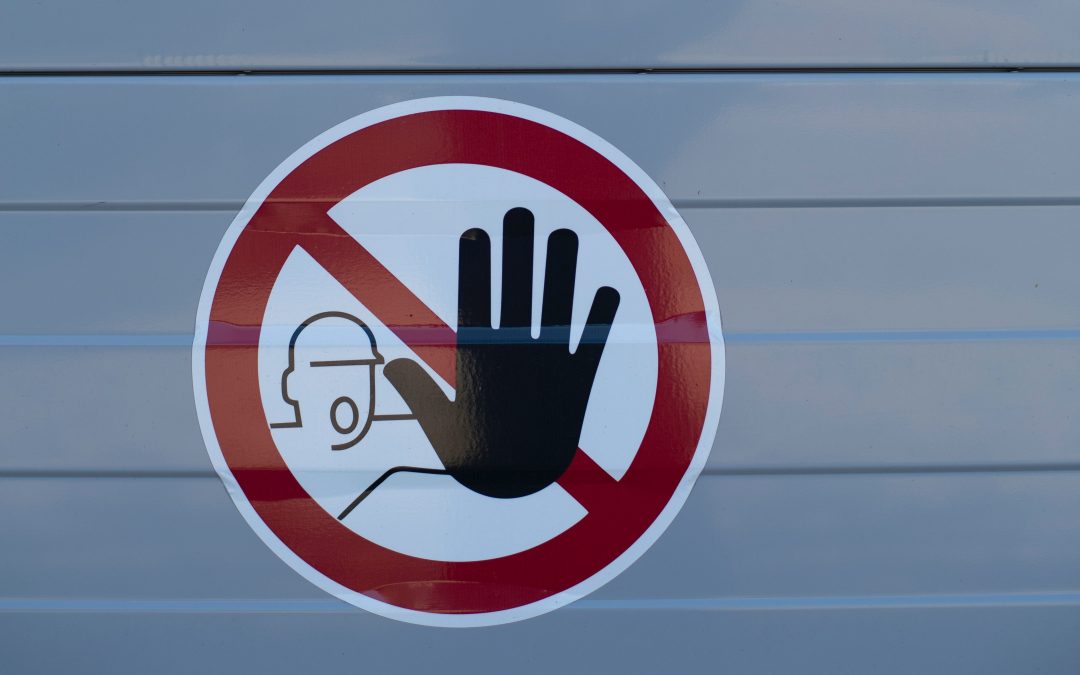Put these cleaning hazards at the top of your list of things to avoid.
Most people probably don’t consider cleaning a dangerous job. The Occupational Safety and Health Administration (OSHA), however, might disagree. In fact, cleaning hazards are plentiful on most job sites. From chemicals to materials, commercial cleaning carries with it a fair amount of risk.
Thankfully, there are ways to minimize those risks and still get the job done. The first step towards reducing any risk is to identify it, and OSHA has done just that. While they don’t have an exhaustive list of cleaning hazards, they highlight the basics and provide guidance on how to handle potentially hazardous situations.
Here are seven common hazards OSHA has identified for cleaners. For more information on how to protect yourself against these hazards, visit their website at www.osha.gov.
Bid on jobs, manage projects, track clients, and more with Janitorial Manager. Sign up for a free demo to see all the great features!

Don’t let these cleaning hazards send your employees to the hospital
1. Slips, trips, and falls
According to the National Safety Council, falls are the third leading cause of unintentional injury-related deaths. And while it’s true that the majority of those work-related falls are in the fields of construction and manufacturing, even an office job poses a potential risk.
What does this have to do with cleaning hazards? Everything, when you consider that cleaning things—especially the floor—leaves behind a slippery surface. Pedestrians aren’t the only people who can fall on a wet floor, and in fact, cleaners are more likely to fall because they’re so accustomed to walking on slippery surfaces, they may not pay attention to the risk. Protect yourself simply by being careful and avoiding wet surfaces until they dry.
2. Asbestos
The use of asbestos is highly regulated now, but it remains a concern for anyone working in a building with asbestos. Tiles, drywall, and other building materials can have traces of asbestos, and professional cleaners often come into contact with such things. Keep your team safe by providing protective breathing equipment as well as personal protective equipment (PPE).
3. Carbon monoxide
Carbon monoxide is colorless, tasteless, and odorless. It’s a common byproduct of burning different kinds of fuels, which is part of what makes it so dangerous. Most machines are electric-powered, but when using gas-powered tools (including propane, butane, or gasoline) make sure your employees are in a well-ventilated area and that they don’t spend too much time near the exhaust.
4. Lead
Especially if you work in old buildings, lead can be prevalent, and it remains one of the most dangerous cleaning hazards your team might face. Make sure to check for the presence of lead on any job sites that might be questionable, and always require PPE (including a respirator) when your team is cleaning near potential lead sources.
5. Cleaning chemicals
Not surprisingly, cleaning chemicals are another significant hazard for commercial cleaners. In poorly ventilated areas, the vapors that chemical cleaners produce can be toxic when inhaled or in some cases when they come into contact with human skin.
To stay safe, make sure your employees keep their faces a reasonable distance from all cleaning chemicals (even if they’re eco-friendly), wear a face mask to help prevent the vapors from entering their lungs, and make sure that the air in the space they’re cleaning is well-circulated. Never clean with powerful chemicals in a room with no vents or windows.
6. Molds
Perhaps the most common, yet still dangerous among cleaning hazards in any workplace is mold. Mold comes in many different forms, and not all are as toxic, but suffice it to say that none of them are good for breathing in. (Black mold, in particular, can cause lots of problems.) Mold is especially a problem for cleaners because you’re probably the ones trying to get rid of the mold! And not only is mold itself a danger, but the chemicals used to clean it are often very strong.
If your team is on a site that involves mold cleanup, require a PPE and respirator and make sure they wash their hands when the job is done. Mold can seem harmless, but it’s responsible for many respiratory complications, as well as other health issues.
7. Bloodborne pathogens
Though not as common as other hazards, bloodborne pathogens might be the most dangerous. Some bloodborne pathogens are infectious enough that simply coming into contact with them carries the risk of contracting a serious or even fatal infection.
As a response, OSHA has developed a bloodborne pathogen standard that outlines how to clean blood and other bodily fluids from a work site, especially a health care facility. The short version: wear personal protective equipment (PPE), limit your contact with bodily fluids, use a robust disinfectant solution, dispose of bodily fluids in biohazard bags, and if you come into contact with any bodily fluid, wash your skin immediately, even if it means stopping in the middle of a job.
Improve communication with clients and cleaners, especially on hazardous worksites, with Janitorial Manager. Contact us to see a free demo and find out what we’re talking about!

